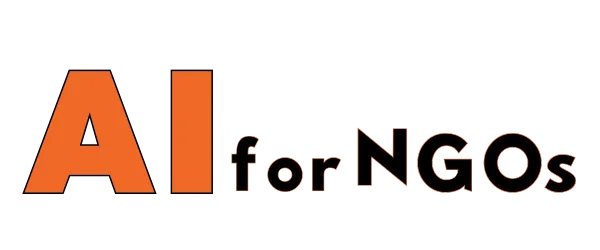In the world of social impact, having a clear and well-thought-out plan is essential for achieving meaningful and lasting change. One key tool that organizations can use to guide their work and measure their impact is a Theory of Change. A Theory of Change is a comprehensive description and visualization of how and why a desired change is expected to happen, as well as the intended outcomes of the change. By implementing a Theory of Change, organizations can better understand their goals, strategies, and the impact they hope to achieve.
What is a Theory of Change?
A Theory of Change is a powerful tool that helps organizations clarify their goals and outcomes, identify the steps needed to achieve those outcomes, and determine the resources and inputs required to make the change happen. It provides a roadmap for how an organization plans to create social impact and helps stakeholders understand the process of change.
At its core, a Theory of Change outlines the causal pathway between the activities an organization undertakes and the changes it hopes to see in the world. It helps organizations understand the logic behind their work and make informed decisions about where to invest resources and efforts.
Key Components of a Theory of Change
There are several key components that make up a Theory of Change:
- Inputs: These are the resources that an organization needs to implement its activities, such as funding, staff, and partnerships.
- Activities: These are the specific actions an organization takes to create change, such as running programs, conducting research, or building relationships.
- Outputs: These are the direct and immediate results of an organization’s activities, such as the number of people reached or the services delivered.
- Outcomes: These are the changes that occur as a result of an organization’s activities, such as increased knowledge, changed attitudes, or improved behaviors.
- Impact: This is the ultimate change that an organization hopes to achieve, such as a reduction in poverty, improved health outcomes, or increased social justice.
Benefits of Using a Theory of Change
Implementing a Theory of Change offers several benefits to organizations working to achieve social impact:
- Clarity and Focus: A Theory of Change provides clarity on the intended outcomes of an organization’s work and helps focus efforts on achieving those outcomes.
- Strategic Planning: It guides organizations in strategic planning by mapping out the steps needed to achieve the desired impact.
- Measuring Impact: A Theory of Change helps organizations measure their progress and impact by identifying key indicators and outcomes to track.
- Learning and Adaptation: It encourages organizations to learn from their experiences, adapt their strategies, and improve their impact over time.
Steps to Implement a Theory of Change
Implementing a Theory of Change involves several key steps:
- Clarify Goals and Outcomes: Define the long-term goals and intended outcomes of the change you want to achieve.
- Map the Pathway of Change: Identify the activities, outputs, and outcomes needed to achieve the desired impact.
- Identify Assumptions and Risks: Identify the assumptions and risks that may impact the success of your Theory of Change and develop strategies to mitigate them.
- Collect Data and Monitor Progress: Collect data on key indicators and outcomes to monitor progress and make informed decisions.
- Evaluate and Adapt: Evaluate the effectiveness of your Theory of Change, learn from successes and failures, and adapt your strategies as needed.
Conclusion
Implementing a Theory of Change is a valuable tool for organizations seeking to create meaningful social impact. By clarifying goals, mapping out the pathway of change, and monitoring progress, organizations can better understand their work and make informed decisions to achieve their desired outcomes. Theory of Change helps organizations focus their efforts, measure their impact, and adapt their strategies over time, resulting in more effective and sustainable change.
FAQs
What is the difference between a Theory of Change and a Logic Model?
A Theory of Change and a Logic Model are both planning tools used by organizations to guide their work and measure their impact. The main difference between the two is that a Theory of Change focuses on the underlying assumptions and causal pathways between activities and outcomes, while a Logic Model is a more linear representation of inputs, activities, outputs, and outcomes.
How can I create a Theory of Change for my organization?
To create a Theory of Change for your organization, start by clarifying your goals and outcomes, mapping out the pathway of change, identifying assumptions and risks, collecting data, and monitoring progress. You may want to involve key stakeholders in the process to ensure buy-in and alignment with your organization’s mission and values.
How often should I review and update my Theory of Change?
It is recommended to review and update your Theory of Change regularly, at least once a year, to ensure that it remains relevant, aligned with your organization’s goals and strategies, and reflective of any changes in your operating environment or stakeholder needs. Regular review and adaptation of your Theory of Change will help you stay on track and maximize your social impact.









